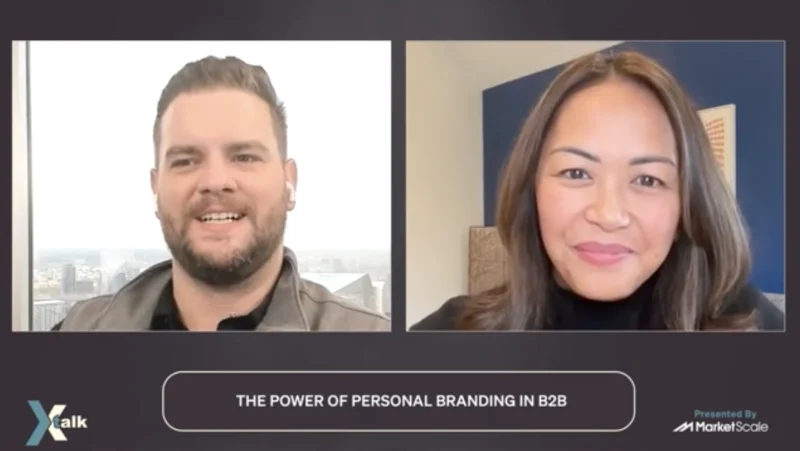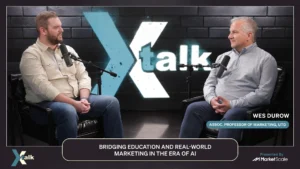Unlocking Authentic Brand Engagement Strategies: Jon Reily’s Insights for Modern Marketers

In today’s diverse marketing landscape, brands face the challenge of engaging with different strategies that cater to varied customer bases. This requires not only different technologies but also distinct day-to-day marketing operations. So, how should brands approach these multifaceted strategies? Is it better to focus on one, consider them all in a big picture, or does one strategy stand out above the rest? Jon Reily, President, , shares his insights on these questions, offering valuable guidance for brand engagement.
Understanding the Tapestry of Marketing Strategies
“It’s a tapestry,” Reily begins, highlighting the complexity and individuality of each brand’s needs. “You have to do what’s right for your specific brand, and no one size fits all.” This sentiment echoes the earlier points made by Dennis, another industry professional, who criticized the superficial adoption of trendy strategies without genuine integration. He warned against the mindset of simply ticking a box—”I’ll have one gamification, please”—as if effective marketing strategies could be bought off a shelf.
Reily elaborates that the success of a strategy depends on the brand’s unique context. For example, a B2B brand introducing a points program might not foster the same level of community interaction as a travel brand. While the former’s audience may not engage in discussions about gears or metal sheets, the latter’s audience is likely to thrive in a community where users share travel experiences and tips.
Authenticity and Strategic Frameworks
The key, according to Reily, is authenticity. Brands must be true to themselves, understand their goals, and realistically assess their technological and cultural capacities. Only then can they create a suitable framework for engagement without being heavy-handed.
“It’s almost like design was twenty years ago,” Reily reflects. “If you do things right, people won’t be sure you’ve done anything at all.” This subtlety is crucial. By establishing frameworks that foster community or enable users to pursue their interests, brands can organically achieve their objectives. This approach encourages behaviors that benefit the brand—such as sharing data, participating in loyalty programs, or becoming brand advocates—without the brand appearing forceful or intrusive.
Organic Growth through Thoughtful Engagement
When brands create an environment that encourages natural interaction, positive outcomes follow. Reily points out that if brands focus on fostering the right conditions, “they will likely do things that you want them to do—get data, give more discounts, get more customers.” This organic growth model can turn loyal customers into even larger, more dedicated cohorts.
Ultimately, Reily’s perspective is clear: brands must avoid trying to be all things to all people. Instead, they should focus on creating authentic, well-thought-out strategies that resonate with their specific audiences. By doing so, brands can navigate the complex tapestry of modern marketing and achieve sustainable success.









